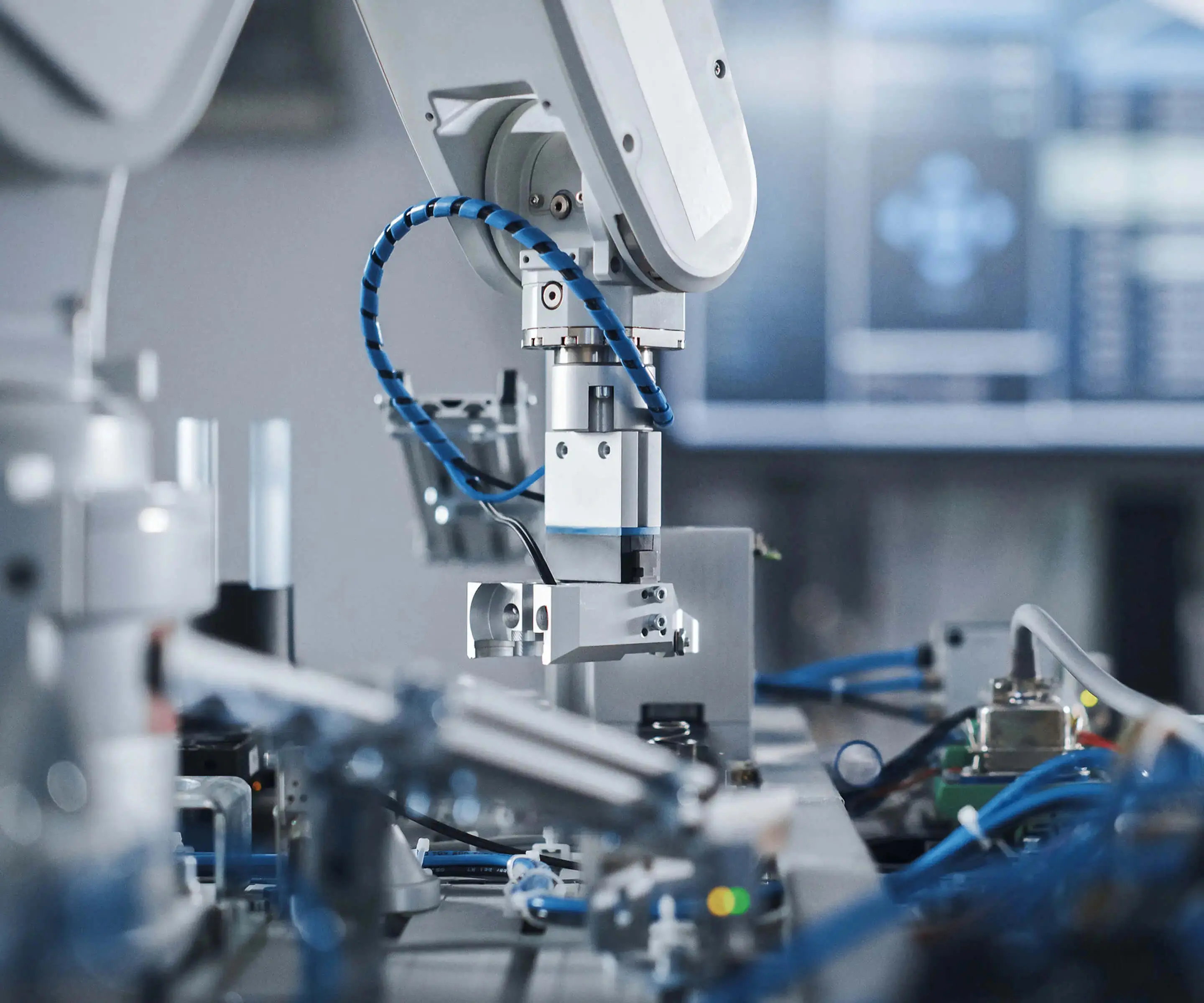Unlocking Precision: An In-Depth Guide to Servo Motor Arduino Coding
In the expansive universe of DIY electronics and robotics, few components stimulate the imagination quite like the servo motor. These precise and versatile devices serve as the backbone of countless projects, from animatronics and robotic arms to camera gimbals and automated door systems. Pairing a servo motor with an Arduino microcontroller creates a magic combo — simple to implement yet powerful enough to execute complex movements.

In this guide, you'll embark on a journey from understanding the basics of servo motors to writing your first Arduino code, enabling you to control servos with finesse and accuracy. Whether you're just starting or looking to deepen your knowledge, this article offers a detailed, friendly, and accessible overview.
What is a Servo Motor?
Before diving into code, let's clarify what a servo motor is. Unlike regular DC motors that spin continuously, servo motors are designed for precise angular movements. Typically, they translate control signals—usually pulsed signals—into specific positions, making them ideal for applications requiring exact positioning.
Most hobby servo motors operate within a range of approximately 0 to 180 degrees, although some advanced models can rotate beyond that. Inside, they contain a small DC motor, coupled with a feedback system and a control circuit. The feedback, often via a potentiometer, allows the circuit to determine the current position and adjust the motor's angle accurately.
Common Uses:
Robotics (arms, grippers) Remote-controlled vehicles Camera stabilization Art installations
Understanding the Arduino and Servo Connection
The Arduino platform is well integrated with servo motors, thanks to the dedicated Servo library, which simplifies control. Here’s a quick overview of how to connect a standard servo to your Arduino:
Power Pin (VCC): Connect to 5V power supply (or 6V for some servos) Ground Pin (GND): Connect to Arduino GND Signal Pin (PWM): Connect to one of Arduino's PWM digital pins (e.g., D9)
It's advisable to power the servo separately if you're controlling multiple servos or if your power supply can't handle the load, as servo motors can draw significant current.
Your First Arduino Servo Code: A Basic Sweep
Let's start with a beginner-friendly example: making the servo sweep back and forth. This simple program demonstrates how to control the position of the servo motor through code.
#include Servo myServo; // Declare servo object void setup() { myServo.attach(9); // Attach servo on pin 9 } void loop() { // Sweep from 0 to 180 degrees for (int angle = 0; angle <= 180; angle += 1) { myServo.write(angle); delay(15); // Wait for servo to reach position } // Sweep back from 180 to 0 degrees for (int angle = 180; angle >= 0; angle -= 1) { myServo.write(angle); delay(15); } }
This code uses the Servo library's attach() method to initialize the servo, and then in the loop(), a for loop gradually increases and decreases the angle, creating a smooth oscillation effect.
Diving Deeper: Controlling Servos Through Input Devices
Once comfortable with basic movements, you'll want to make your project interactive. Let’s consider integrating a potentiometer (a variable resistor) to control the servo angle dynamically.
Required components:
Arduino UNO Servo motor Potentiometer (10kΩ recommended) Breadboard and jumper wires
Wiring:
Connect the potentiometer's middle pin (wiper) to Arduino analog pin A0 Connect one end to 5V and the other to GND Connect the servo's power and ground as before, and its control pin to digital pin 9
Sample code:
#include Servo myServo; int potPin = A0; // Potentiometer connected to A0 int val; // Variable to read analog input void setup() { myServo.attach(9); } void loop() { val = analogRead(potPin); // Read potentiometer int angle = map(val, 0, 1023, 0, 180); // Map to 0-180 degrees myServo.write(angle); delay(15); }
This simple setup allows you to turn the potentiometer, which instantaneously adjusts the servo's position. The use of Arduino’s analogRead() and map() functions makes this seamless.
Tips for Smooth and Accurate Control
Controlling servos effectively requires some finesse. Here are a few tips:
Avoid sudden commands: Incrementally changing angles provides smoother movement. Use delays judiciously: Too long a delay might make movement sluggish; too short, might cause jitter. Supply adequate power: Some servos draw a lot of current; powering them from the Arduino's 5V pin could cause resets or jitter. Use an external power supply when necessary. Centering your servo: If the servo jitters or isn’t stopping precisely, calibrate the neutral position by testing with myServo.write(90) for mid-range.
Troubleshooting Common Issues
Servo jittering or not moving: Check power supply; ensure servo is powered adequately and not drawing excess current from the Arduino's 5V line. Unresponsive servo: Ensure wiring is correct; your signal pin should be connected to the correct pin (e.g., D9). Servo overheating: Prolonged operation at extreme angles can cause overheating; give your servo breaks.
What’s Next? Exploring Advanced Concepts
Now that you’re familiar with basic control techniques, the next frontier includes:
Using multiple servos: Managing coordinated movements Serial communication: Controlling servos via Bluetooth or Wi-Fi Feedback-based control: Integrating sensors like encoders for precise positioning Programming custom motion profiles: Accelerating or decelerating servo movements for realism
The Arduino ecosystem offers endless possibilities, with libraries, tutorials, and community insights to help elevate your projects.
Conclusion
Controlling servo motors with Arduino is both an art and a science, blending straightforward coding with hardware understanding. With a foundation in the basics, you can start crafting robots, automated systems, or artistic installations that move with precision and grace.
In our next part, we'll explore more complex control strategies, real-world applications, troubleshooting, and innovative project ideas that leverage servo motors’ capabilities to transform your ideas into practical creations.
Part 2 will continue from here, delving into advanced coding techniques, integration with sensors, motion planning, and inspiring project examples.
Leveraging innovations in modular drive technology, Kpower integrates high-performance motors, precision reducers, and multi-protocol control systems to provide efficient and customized smart drive system solutions.




































